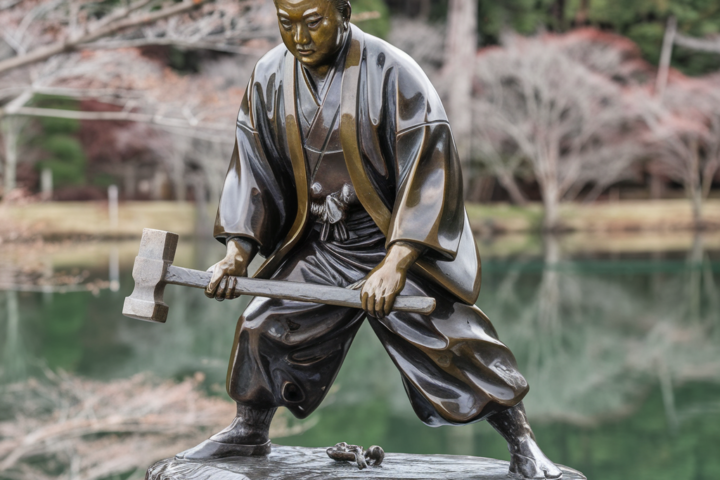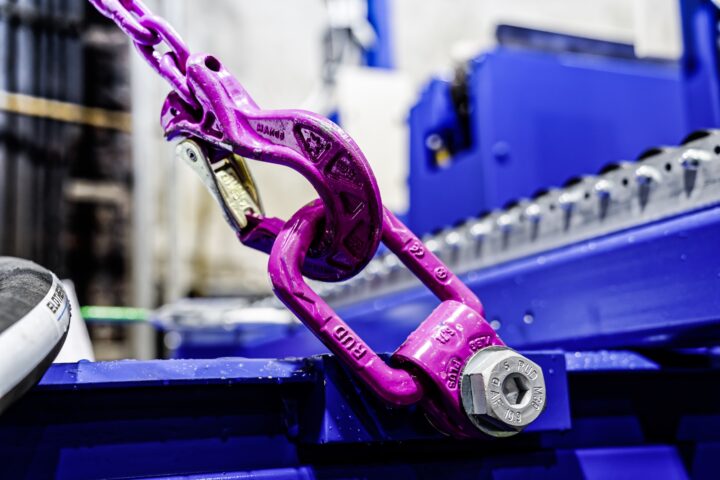Introduction:
In today’s digital age, social media has become an integral part of life. From connecting friends to influencing global trends, platforms like Instagram, TikTok, and YouTube have given rise to a new form of celebrity: the influencer. But not all influencers are created equal. As social media fame grows, so too does the pressure to stand out. Some influencers, eager for attention and engagement, have taken it to extremes. The phenomenon of “influencers gone wild” refers to those who push boundaries, often behaving in ways that shock and entertain the public, to stay relevant in a highly competitive space.
This article delves deep into the phenomenon of “influencers gone wild,” exploring how these digital stars have garnered attention through controversial actions, their impact on followers, and the ethical concerns surrounding this trend.
Table of Contents
What Does “Influencers Gone Wild” Mean?
The term “influencers gone wild” is used to describe individuals who use shocking, extreme, or reckless behavior to capture the public’s attention. It’s a play on the phrase “girls gone wild,” which was a popular early 2000s brand known for exploiting wild behavior. Similarly, in the influencer world, these figures often engage in activities that are outlandish or audacious in an attempt to break through the noise of social media. Whether it’s controversial stunts, illicit behavior, or highly provocative content, influencers have become known for pushing the limits of decency and, sometimes, legality.
In an era dominated by viral content, influencers often feel the need to take things to the next level. But what happens when pushing the envelope goes too far? The effects of “influencers gone wild” can be both entertaining and alarming, depending on the individual and the content they create.
Why Do Influencers Go Wild?
Influencers are in an incredibly competitive environment. Thousands of content creators fight for the same audience, the same brand deals, and the same viral moments. In this space, traditional methods of engagement, like simple tutorials or lifestyle posts, are often not enough. The algorithmic nature of social media rewards content that garners significant engagement—likes, shares, comments, and reactions. As such, some influencers find themselves resorting to drastic measures to maintain or grow their following.
The desire for fame, validation, and financial gain often leads influencers to make questionable decisions. A viral video, a controversial post, or an outlandish stunt can translate into millions of views, a massive increase in followers, and lucrative sponsorship deals. For many, it becomes a game of extremes. The more outlandish, the more attention they get.
The concept of “influencers gone wild” can also be seen as a byproduct of a culture that rewards shock value. This behavior isn’t necessarily indicative of a mental health issue or poor self-image, though these factors can contribute to the decision to go viral at any cost. More often, it’s simply a response to the changing dynamics of social media, where subtlety often fades into obscurity.

The Role of Social Media Platforms in Influencers Gone Wild
Social media platforms are designed to amplify content that generates engagement, which makes them fertile ground for influencers to test the limits of what is acceptable. Platforms like Instagram and TikTok are known for pushing users toward viral content. What’s more, these platforms are highly visual, meaning a short clip or a captivating image can often do more to elevate an influencer’s status than long-form written content.
Algorithms on these platforms favor controversial and sensational content because it often sparks conversation and engagement. When an influencer posts something provocative, it triggers discussions, debates, and reactions. This creates a snowball effect that propels the content to more viewers, all of whom are potentially driven to follow or share. In many ways, social media has conditioned influencers to go wild to survive in the digital space. They must continually up the ante to keep their audience entertained and to secure that all-important viral moment.
Examples of Influencers Gone Wild
There are countless examples of “influencers gone wild” that have captured public attention. These include instances of influencers doing things such as engaging in reckless challenges, participating in explicit content, and even breaking the law. Let’s look at a few notorious cases:
- The “Tide Pod Challenge” Influencers: In 2018, a dangerous viral trend known as the “Tide Pod Challenge” emerged. Influencers, eager for views, began posting videos of themselves eating laundry pods. The challenge was not only hazardous to health but also led to widespread condemnation. Some influencers went viral for attempting more dangerous versions of the challenge, and the trend quickly became a symbol of influencers pushing boundaries at the expense of their own safety.
- The “Prank” Culture: Another example of “influencers gone wild” is the rise of prank culture. Many influencers began filming themselves performing outrageous or offensive pranks in public places. These pranks often involved harassment, causing distress to unsuspecting strangers, or even violating social norms. As these pranks gained more traction, it became clear that pushing boundaries for viral attention was the ultimate goal—no matter the consequences.
- The Influencer Who Faked a Kidnapping: In one of the most extreme cases of attention-seeking behavior, an influencer staged her own kidnapping for a YouTube video. She garnered millions of views, but the stunt also led to public outrage and legal consequences. The influencer was ultimately criticized for exploiting such a serious issue for the sake of views and engagement.
These examples demonstrate the darker side of the “influencers gone wild” phenomenon. What begins as a desire for fame quickly escalates into reckless, sometimes illegal behavior that harms not just the influencer, but their audience as well.

The Impact of Influencers Gone Wild on Followers
While the behavior of “influencers gone wild” may seem like a harmless quest for attention, it can have a significant impact on their followers, especially young and impressionable viewers. Many social media influencers have large, devoted fan bases that look up to them as role models. When influencers engage in extreme behavior, they are essentially setting a precedent for their followers.
For young followers, particularly those in their teens and early twenties, the line between entertainment and real-life consequences can often blur. If an influencer performs reckless stunts or promotes harmful behaviors, they risk encouraging others to mimic those actions in the real world. This can lead to a cycle where more influencers go to greater lengths to stand out, and more followers imitate these actions for the sake of gaining attention themselves.
The normalization of dangerous or controversial behavior can also distort societal values, especially when younger audiences fail to critically evaluate the content they consume. When influencers promote substance use, illicit activities, or violence, they are not just seeking attention—they are inadvertently spreading a toxic message that undermines the well-being of their followers.
The Dark Side of Fame: Ethics and Responsibility
The rise of “influencers gone wild” also brings to light ethical questions about social media fame and responsibility. While influencers are not traditionally held to the same standards as celebrities or public figures, they still have a responsibility to their audiences. They can be powerful role models, influencing everything from fashion trends to political opinions. With great power comes great responsibility, but many influencers fail to realize this.
When an influencer engages in extreme or harmful behavior to get attention, they are not just participating in a reckless game of digital fame—they are contributing to a larger culture of irresponsibility that can have real-world consequences. It’s one thing for influencers to take risks with their own lives, but when they encourage their followers to do the same, they are stepping into dangerous territory.
The ethical implications of “influencers gone wild” are complex. On one hand, influencers are entitled to express themselves however they wish, but on the other hand, they must consider the impact of their actions on their audience. Promoting risky behavior for the sake of views is an irresponsible practice that can, over time, foster a harmful culture of excess and danger in the digital space.

The Future of Influencers Gone Wild: What Happens Next?
As the digital landscape continues to evolve, so too will the behavior of influencers. The competition for attention and engagement will only intensify, and the trend of “influencers gone wild” may continue to manifest in even more extreme forms. However, this doesn’t mean that influencers cannot change the narrative.
There is an opportunity for influencers to leverage their platform for positive change. Many influencers have already begun using their fame to advocate for mental health awareness, social justice, and environmental sustainability. This shift could become a major trend in the future, leading to a decline in the popularity of sensational and reckless content.
For those who continue to embrace the “influencers gone wild” culture, the future may be less forgiving. With increased scrutiny from both social media platforms and their followers, the space for extreme content may shrink. Public backlash, legal repercussions, and shifts in platform policies could push the influencer culture toward a more responsible and ethical direction.
Also Read: traceloans.com Business Loans: A Comprehensive Guide to Financing Your Business
Conclusion:
The phenomenon of “influencers gone wild” showcases the darker side of the influencer world, where the pursuit of fame and viral content often leads to reckless behavior. While this trend has led to viral moments and millions of followers, it also raises serious ethical and social concerns. The impact on young, impressionable followers, the potential for harm, and the responsibility of influencers are all issues that demand attention.
As the digital age continues to shape how we interact with social media, it’s crucial that influencers use their platform responsibly. The days of shock value and extreme stunts may eventually give way to a new era where ethical influence, positivity, and authenticity reign supreme. In the end, it’s not about how wild an influencer can get—but how they can positively shape the world around them while maintaining their authenticity and integrity.











